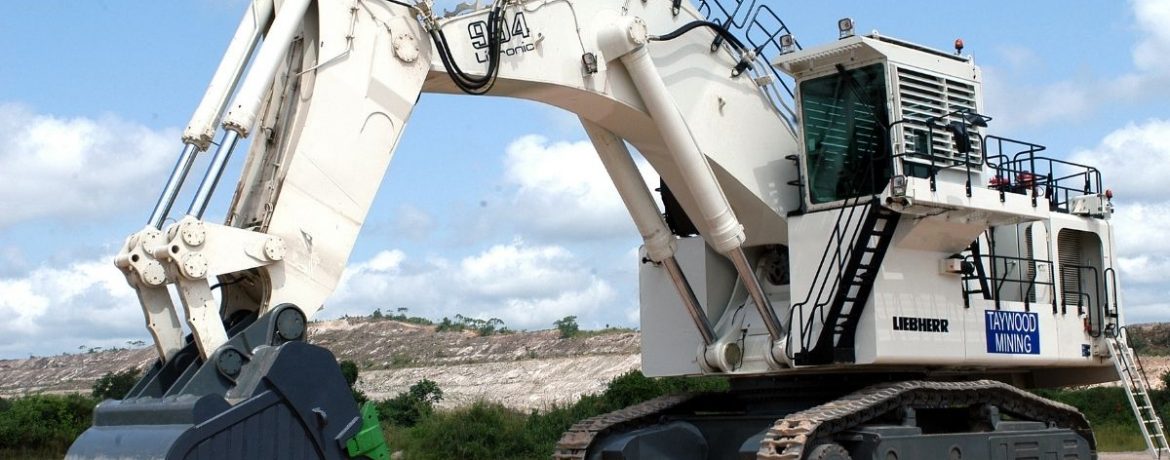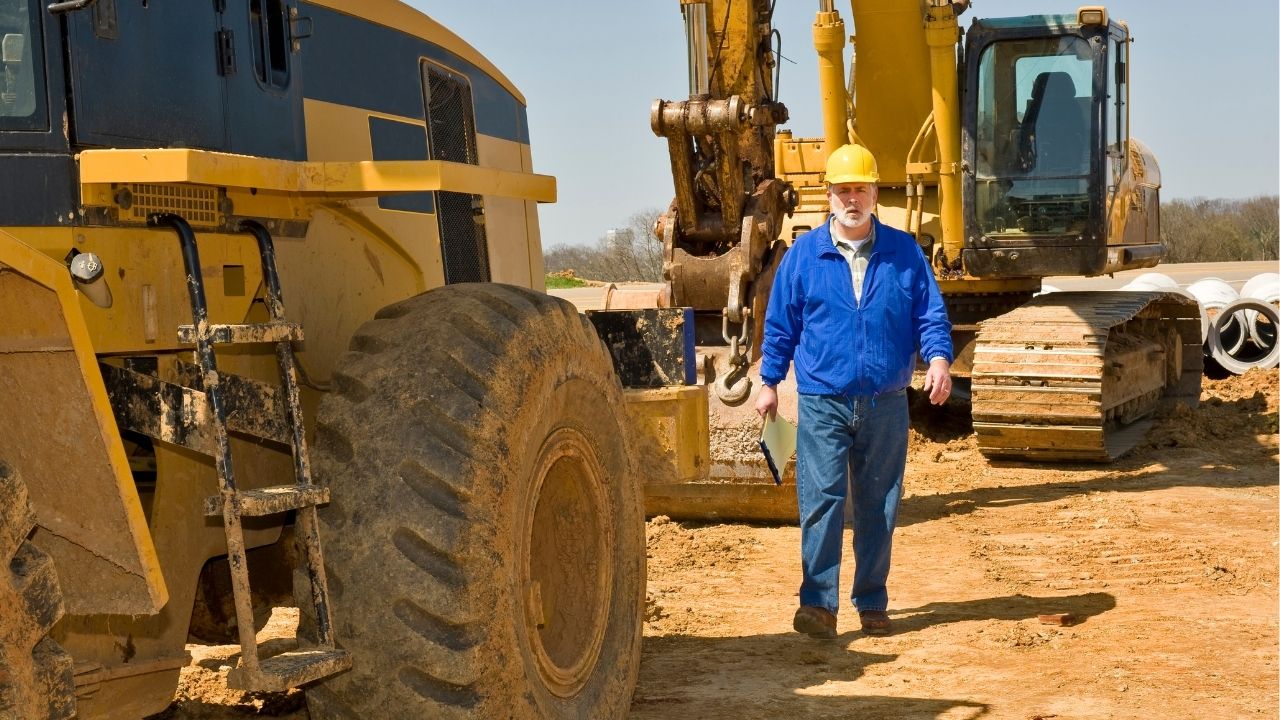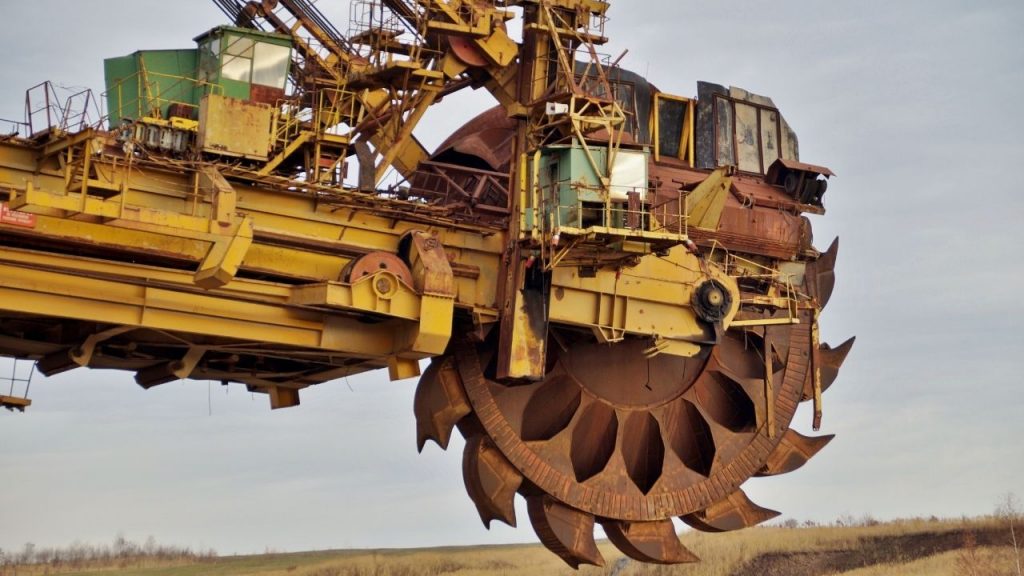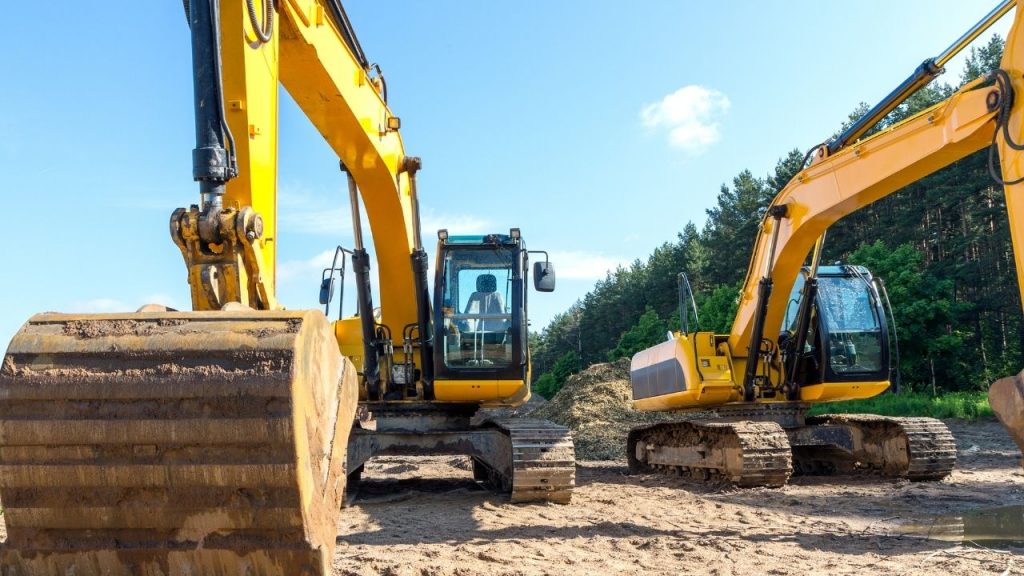Businesses that use tractors, backhoes, and other heavy equipment frequently experience budget mismanagement. According to a recent study, only 31% of all construction projects in the industry came in under budget in the last three years.
Project delays and setbacks were the most prevalent consequences of poor budget management. Fortunately, construction businesses and companies may become aware of the most prevalent reasons for inefficiencies and how to avoid them to limit budget mismanagement.
What are Cost Overruns?

It is also known as a cost increase or funding overrun, and it is any unexpected accumulated costs that have an impact on a project. It frequently causes a company’s overall budget to exceed the cost of the project agreed upon with their client.
There were only a few enterprises that finished within their projected budgets. This leads to the conclusion that cost overruns in the earthmoving industry are a problem. Larger projects from large heavy equipment companies are much more likely to suffer numerous overages. Small enterprises, on the other hand, are not immune to cost overruns.
The following are the most common reasons for cost overruns on earthmoving projects, and how they can be avoided.
1. Poor Site Management
It is critical to remember that how something is managed is quite essential. Workers on the job site and the design side of an earthmoving project should be appropriately managed to achieve specified goals. If you run an earthmoving company, you must do all possible to guarantee that everyone works as an efficient team with a focus on quality.
It is very important to note that small errors that occur among the administrative personnel, the results might be severe. Furthermore, if communication between administrators, project leaders to workers is limited, those problems occurring on a small portion of a project may not be discovered by other project leaders until it is too late.
2. Estimation Errors in Projects

These are unforeseeable, but they are quite likely to occur. Some projects were projected on a one-size-fits-all basis, even though the possibilities of surpassing that original estimate were significant. As a result, it is critical that your project has specific plans in place to achieve success and satisfy project deadlines.
The staff tasked with estimating the entire project should have all of the information required to avoid mistakes in the plans or fulfill the client’s specifics. Furthermore, site issues, such as unexpected weather delays in rainy places, may not be factored into the project budget estimate. To avoid these problems, careful planning is required.
3. Improper Project Schedule
The improper project, personnel, and equipment scheduling can contribute significantly to project delays and unnecessary expenses. For example, suppose you rented a piece of equipment with the expectation of using it on your job site but it went unused. Even while renting equipment can help you save money, a lack of planning will undoubtedly send you downward.
Furthermore, it is critical to use your committed personnel on urgent tasks to avoid operational delays. Also, make certain that you encourage worker collaboration because it can reduce the likelihood of project miscalculations and ensure that the task is completed as anticipated.
4. Inevitable Design Errors
Even if you have examined the points raised above, if your design plans have flaws, cost overruns in your building projects are still feasible. A design flaw is improperly designed, unsuitable, or unfinished. These are the repercussions of subpar contractor work that sends you downhill.
As a result, if problems are discovered, the construction team should respond quickly to rectify the problem and avoid a major delay in the project if it is unable to pass demand to achieve the requisite specs. For example, a rectangular excavated space should be completed within a specific slope, budget, and time frame. The measurements, however, were incorrect. The issue should be attended to and fixed immediately, otherwise, the project would go over its projected schedule.
Takeouts
Change is constantly present. The construction work is not excluded from the principle. When unforeseen situations arise, ensure that you and your employees are adaptable enough to make decisions and take action. With careful planning and the support of construction machinery and equipment, you will be able to significantly reduce project overruns and increase revenues in your earthmoving business.





























